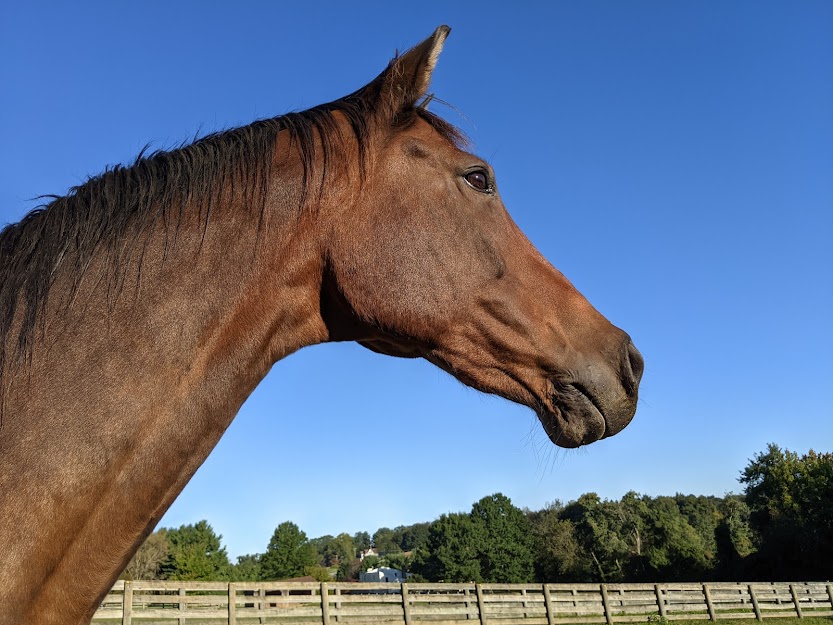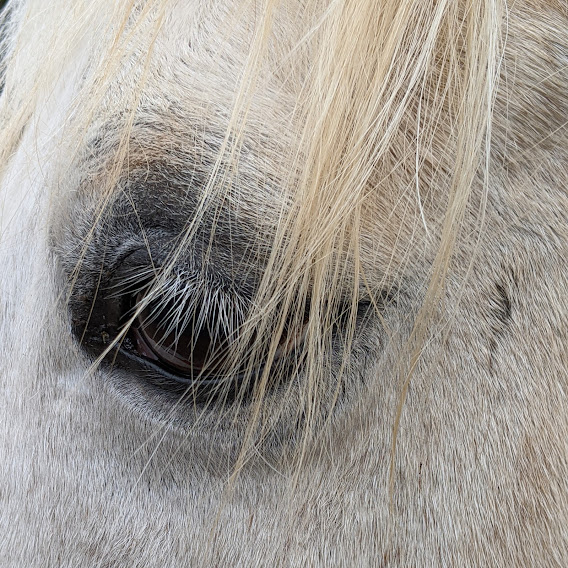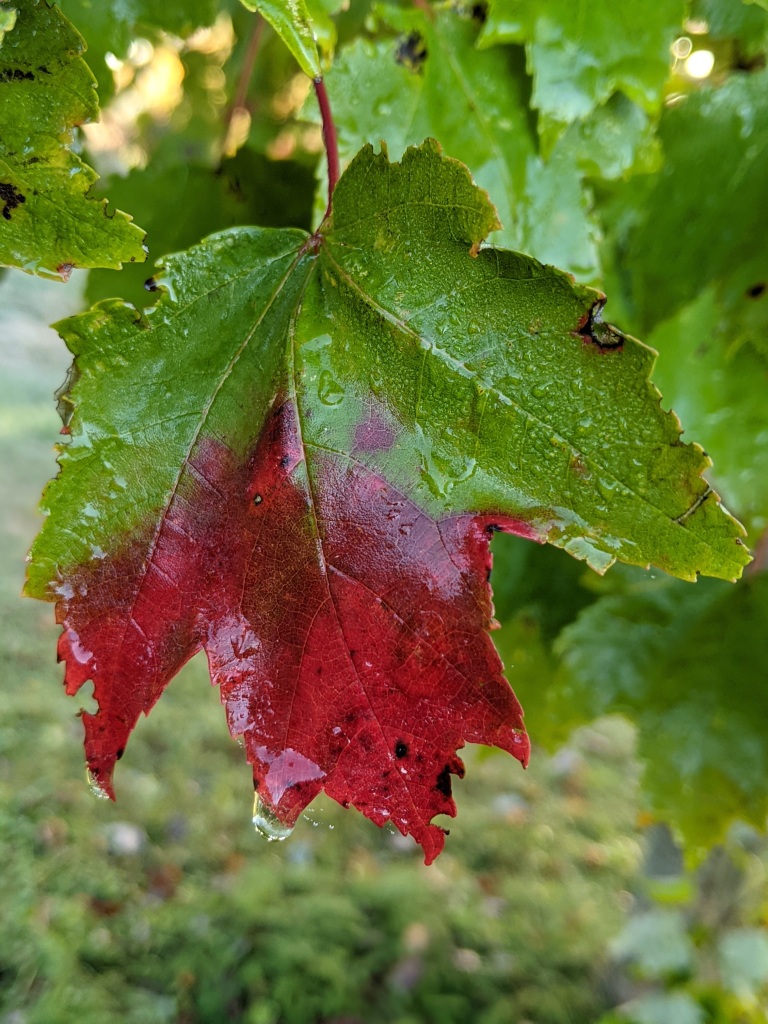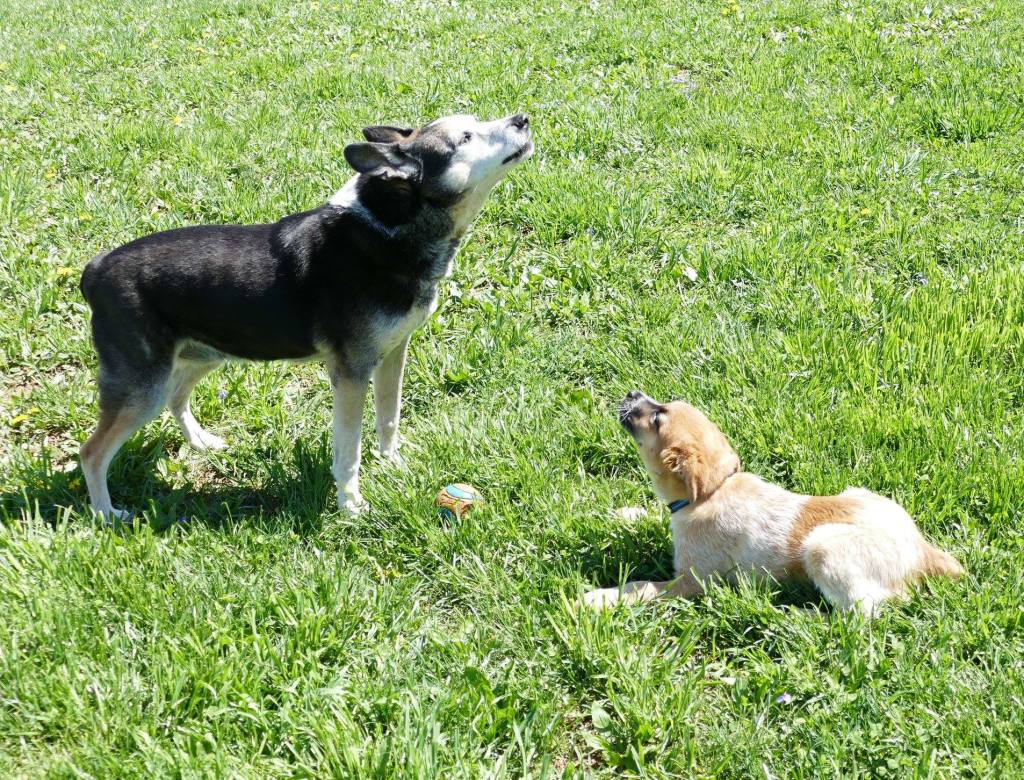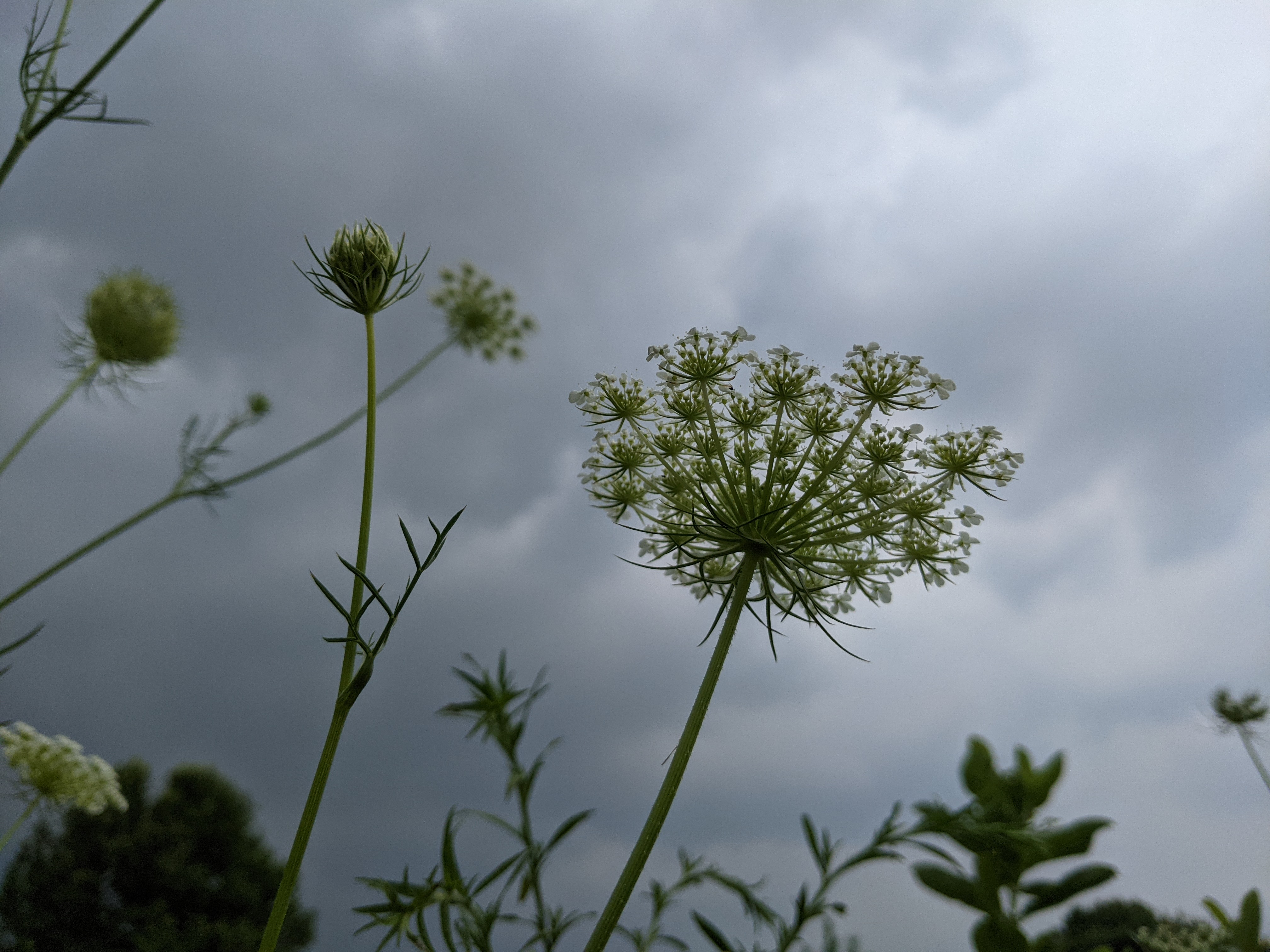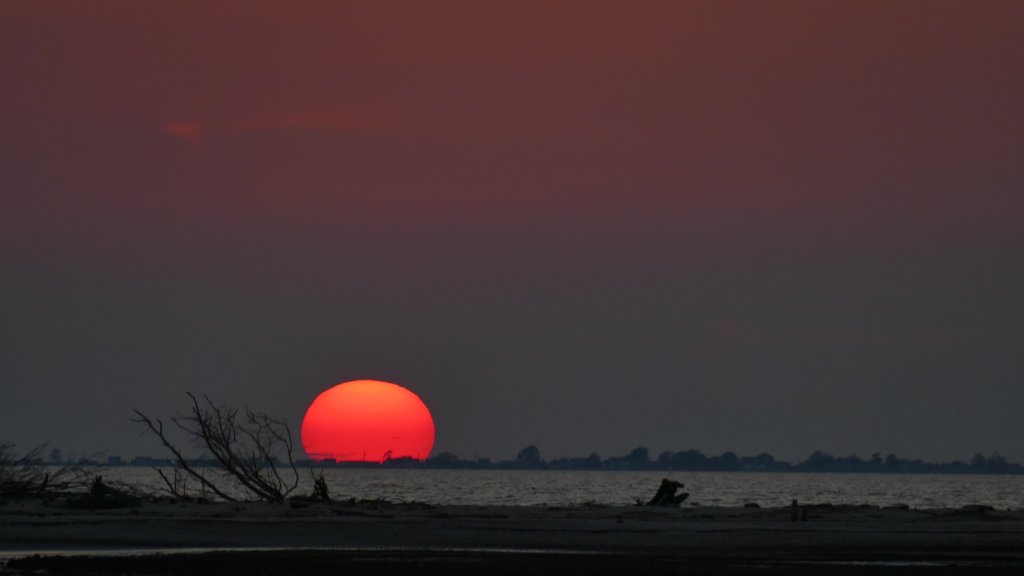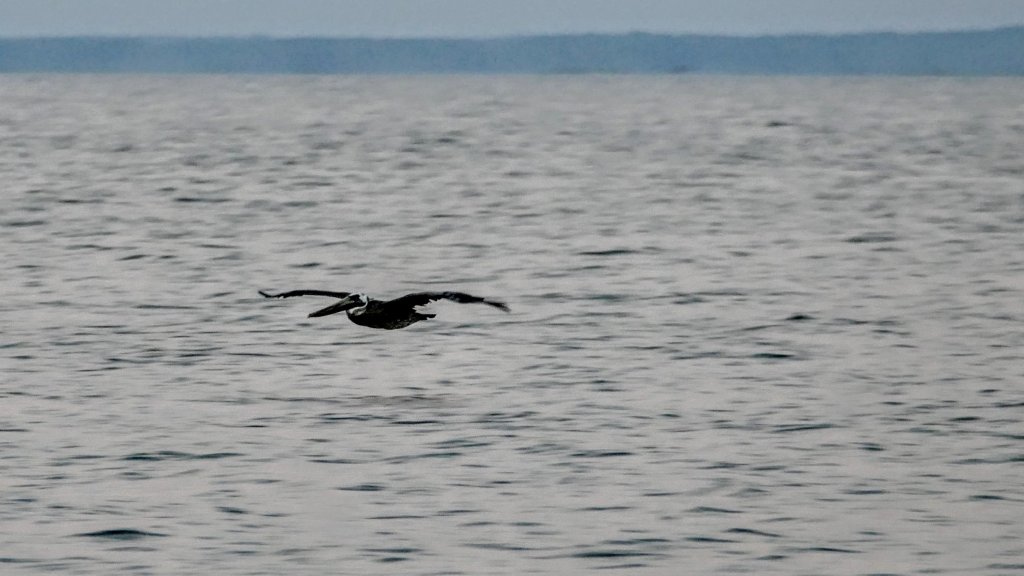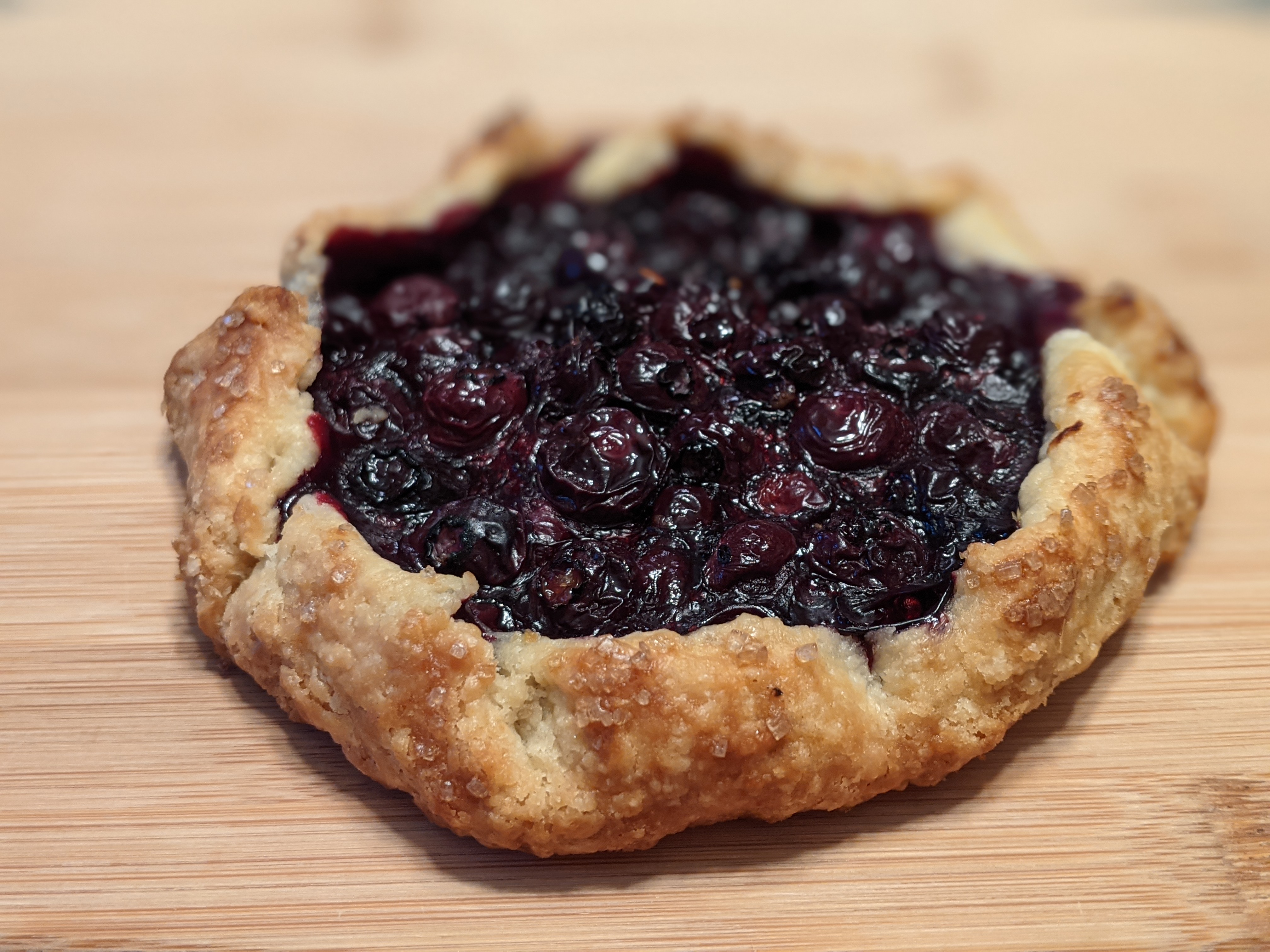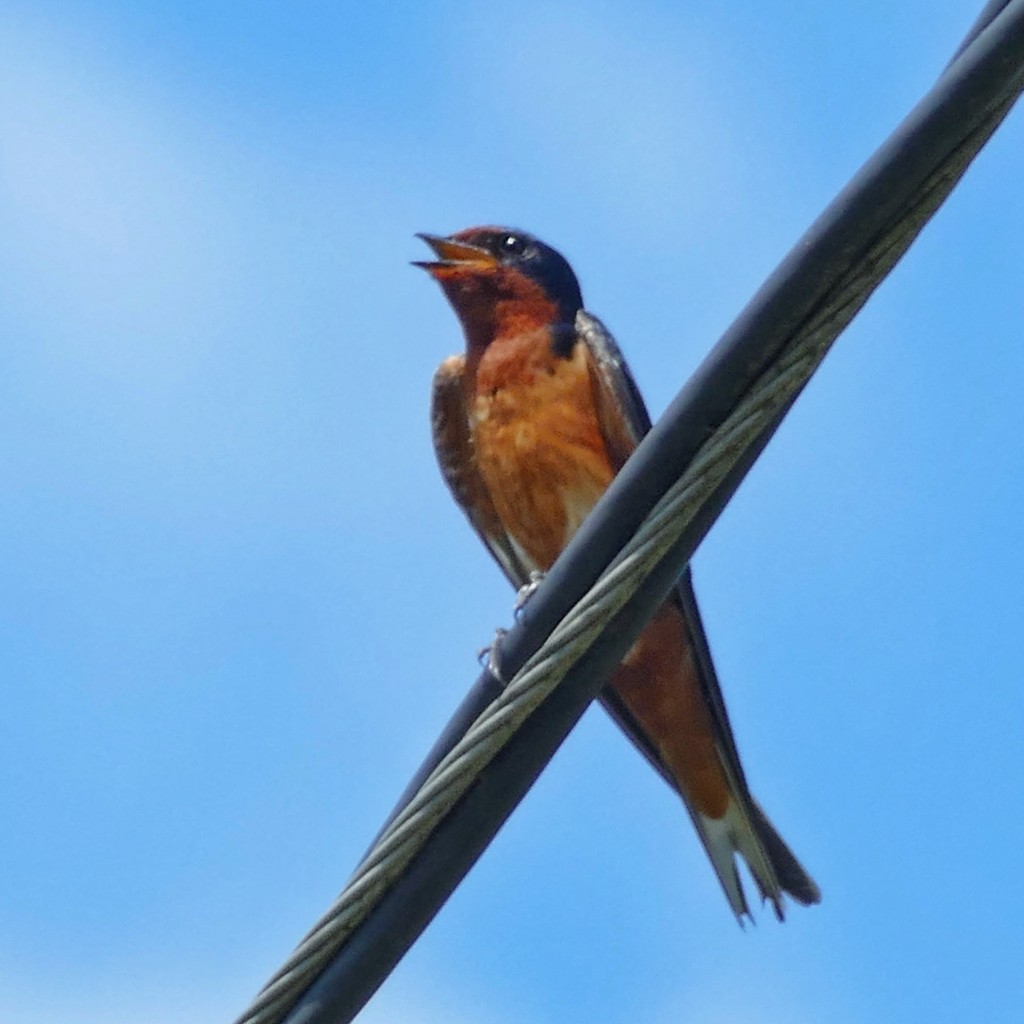
I am a creature of habit. You only have to look at the paths I have worn on my way to each gate I use during daily chores. It is easy to see at this time of year when the grass is dead everywhere, but completely flattened along the habitual trails of deer, horses, and me.
Recently I started seeing a new chiropractor. Chiropractic work is one of those things like yoga for me: I almost always hate it, but keep thinking if I can find just the right practitioner or just the right method, I will love it, or at least benefit from it. I am optimistic about this chiropractor, though I admit it’s partly because she told me to stop trying to do yoga. It’s also because she’s the first of any kind of medical person I have seen about my back who seems to think it can be fixed. On the other hand, she has given me some things to do, or rather things not to do, that are causing me to have to pay attention ALL THE TIME and in many cases change how I habitually move through my day, which is clearly crazy talk.
A small example: I am not supposed to close the angle of my right leg to my body more than 90 degrees. That sounds simple enough, but try to tie your shoes or wash your feet or feed all the animals whose food bowls are on the ground (which is all of the animals) or trim the dog toenails or pick out the horse hooves or even pat the cat or the shortest dog, and see how easy it really is.
Some of what makes it hard is about habit, of course. Here are the first few steps of feeding the horses: Take four buckets of feed from where I make the feed up outside, two at a time so I can have a hand free to close the door behind me, which means putting the first two buckets down on the ground and then picking them up again to carry all four buckets to the fence along one of the Tessa trails through the yard. Put buckets down on ground. Climb fence. Reach under fence to get bucket for first horse, repeat for second horse, etc.
Day one of trying to obey the 90 degree rule, I stand on the patio (step 1) looking at the buckets on the ground in annoyance, thinking “How the hell does she expect me to pick these buckets up from the ground with the other buckets in one hand without bending over at the waist?” Ahem. I look around and notice that my patio is, as it has been for years now, surrounded by stone walls. They range in height from about 18 inches to about 3 feet, with several levels in between. I’m fairly sure there’s a place I can put the buckets that not only does not involve bending, it does not involve lifting. Then I decide to time the walk from the patio to the fence, should I commit fully and make two trips with just one bucket in each hand. Walking slowly to the fence and back again takes a minute and five seconds. Maybe my schedule is loose enough that I can add two minutes and ten seconds to my morning and evening chores.
This is not the first time I have considered using my body in different ways. I have made changes in how I move when I have hurt something (ankle, knee, back). I have made corrections to try to even out my body so that when I ask my horses to even out theirs it’s a fair request. I have made changes when I have realized (or had it pointed out to me) that I am doing something halfway left-handed (holding a golf club or a pool cue or a gun with my hands in the leftie position but trying to do the activity in a right-handed direction). If I fully commit to the left handed approach I can do the thing much better. Each time I feel like I’m having to learn the lesson all over again, but really every time I’m just learning it at a different level, or learning to apply it to yet another area of my life or my body. And yet: here I go again, realizing that I have a habitually uneven way of climbing both up and down over a fence, and changing something as simple as which leg I lead with feels as awkward and slow as trying to write with my left hand.
This is also not the first time I have had to consider slowing down. When I had knee surgery nine years ago I had to move more thoughtfully through my day, though the need for this didn’t fully sink in until I slipped and fell because I was walking incautiously in bad shoes down a steep hill on wet grass because it’s where the path is because I always walk there. Thank goodness for the knee brace that only allowed my recently repaired knee to bend so far, but it was still a painful and scary moment, not aided by unhelpful dogs trying to take advantage of the unexpected opportunity to get in my lap outside. The larger problem is that once my knee felt better, I stopped slowing down. Until the next time I sprained my ankle or wrenched my back. I go fast until I can’t, I slow down when I have to, and then as soon as I can, I speed up again. I don’t even realizing I’m doing it until the next time I can’t.
I am well aware that my desire to speed things up usually takes a lot more time than slowing down. I have plenty of evidence of this, usually involving sentences that begin with “I’ll just…” or “I don’t need to….” “I’ll just take this halter off before I latch the gate” will invariably lead to me being led on a merry chase around the farm by at least one horse. “I don’t need to put the leashes on just to let the dogs out to pee” will (and in fact did, once at 4: 30 a.m.) end with me under the truck with a dog and a skunk, trying to pull the dog out by his hind legs. Really it ended a couple hours later after multiple dog and human baths outside in 35 degree weather.
Changing the way I move is hard, but changing the speed at which I move is even harder, no doubt due to hurrying being a much longer and more deeply ingrained habit. I come from a family of early people. Not on-time people, but chronically early. I have never heard the expression “late to be polite” outside my family, though perhaps it is a recognized expression, but it was something my parents used to say. I suspect someone once told them that it was rude to show up early to a dinner party, or maybe they commented on someone else’s lateness and that person said they came late in order to be polite. Of course, “late to be polite” in my family looked a lot like being on time to anyone else. It just kept them from arriving earlier than the stated start time. This rule did not apply to family, so if my parents said they’d be at my house by 11 a.m. for lunch, I knew to expect them any time from about 9:30 on.
I also have always lived in chronic fear of keeping up. I believe this is a condition of being a youngest child: everyone in the family is always bigger and older and more coordinated and faster, and I scrambled to keep up as best I could. I didn’t want to be the reason my parents were late (or not early), or to annoy my older sisters more than I already felt I did just for existing. None of this was aided by times like when I lost track of my father at the drugstore and ran up to another set of legs that looked like his only to look up and realize these legs were attached to a complete stranger. Writing that down I realize that if my face was at knee height to adult humans, it’s probably more accurate to say my father lost track of me and not the other way around, but that’s not how it is in my mind. Similarly, when at the zoo with a neighbor adult and probably entirely too many kids (he usually had his own four kids, me and at least one of my sisters, and maybe one or two others from our block), I stopped to look at the hippos. By the time I looked around, no one I knew was still in the building so I went outside and sat on the steps of the Large Mammal house and cried until they came back and found me. All of this was nearly 50 year ago, but here I am still trying to keep up with ghosts and to make sure they don’t forget about me.
When I say “ghosts,” I do mean ghosts. The neighbor and his son who was my age have both been dead for over 25 years. My mother has been dead for almost 17 years, my father for almost 10, and my oldest sister for almost 3. There are also ghosts of Tessa past: I no longer have three kids living at home who need me to make them breakfast or pack their lunch or take them to school or pick them up from soccer practice or madrigals rehearsal or go watch their lacrosse games. I no longer have a job I commute to. I’m no longer trying to work full time and go to school full time. There really is no one but me tapping their watch expecting me to be anywhere, or to do anything faster. Breaking the habit of not looking at why I have the habit of rushing seems like a good use of my time. If my back can be improved through some attention and thoughtful change, maybe my brain can benefit from coming off of auto-pilot too. If I slow down – even when I don’t have to – I can decide which path I want to take, which foot will take the first step, and what speed I want to go.



